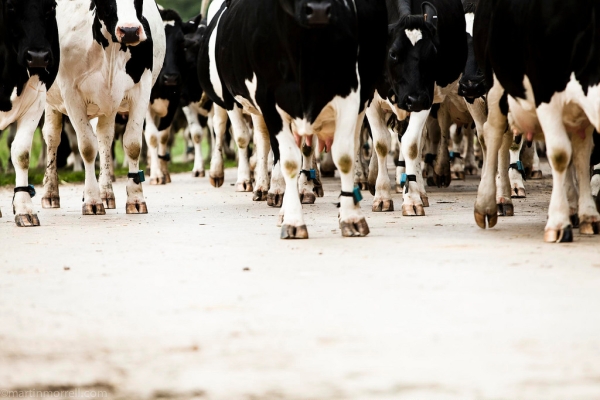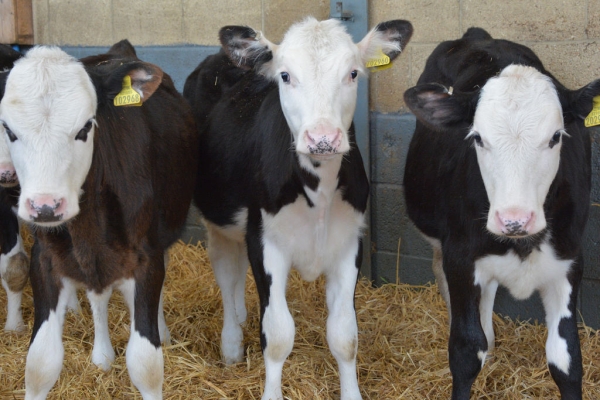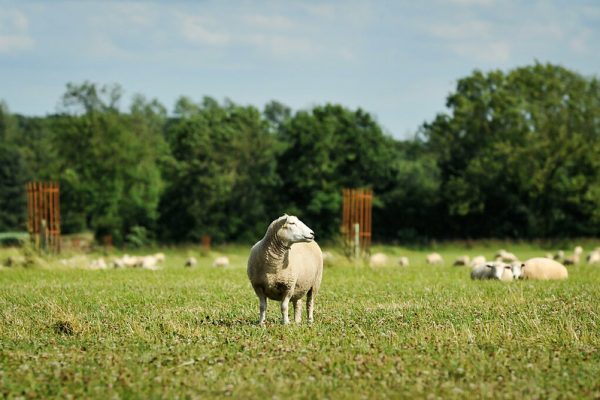Cattle lameness and digital dermatitis
In Practice podcast
Resource explained
Cattle lameness is one of the most significant issues in dairy farming, affecting welfare and productivity. One of the causes of lameness is digital dermatitis (DD). This 13.22 minute podcast, produced by In Practice (Journal of the British Veterinary Association), features farm animal vet and RCVS specialist in cattle health and production Roger Blowey talking about cattle lameness and the causes and control of DD. He describes what it is, how you can prevent it from affecting your herd, and how it can be controlled.
Findings & recommendations
- The four most common causes of lameness are: sole ulcer and white line disease (claw horn (hoof) disorders) and foot rot and digital dermatitis (DD) (infectious skin disorders). DD accounts for about 25% of all lameness in UK dairy cows.
- Moisture is a critical factor in predisposing animals to DD; keeping feet dry and clean reduces the risk of infection. It is also very important to provide animals with adequate amounts of dry bedding. You should do all this from the young heifers onwards; once cows develop and carry infection before calving, they are 5 times more likely to become lame with the infection in their first lactation.
- Keep feet clean and dry by minimising standing times, giving comfortable areas to lie in, making sure waiting time for milking is minimised, and giving plenty of feed space.
- To control DD or ‘mastitis of the foot’, early detection and effective and prompt treatment are vital. You should improve the housing environment to reduce the risk of new cases, and regularly disinfect feet (ideally twice daily) to prevent the pathogen from becoming established. Starting with dry cows and pregnant heifers will avoid them introducing infection when they enter the herd.
Related articles
Prevention is better than cure! This podcast provides some insights into helping you spot the first signs of lameness.
Reduce lameness on your farm by identifying and applying the right management techniques.
Lindsay Whistance from ORC reflects on a trip to the USA where she talked to organic dairy farmers about how they manage health and disease...
Lawrence Woodward reflects on a survey conducted by Whole Health Agriculture and the implications of its findings.
This knowledge hub for livestock farmers and advisors will enable proactive animal health and welfare planning and help with decision-making.
Dr Ruth Clements from FAI Farms asks how livestock management practices can be changed to reduce the need for antibiotics, sharing an example from her...






